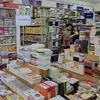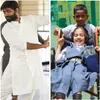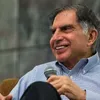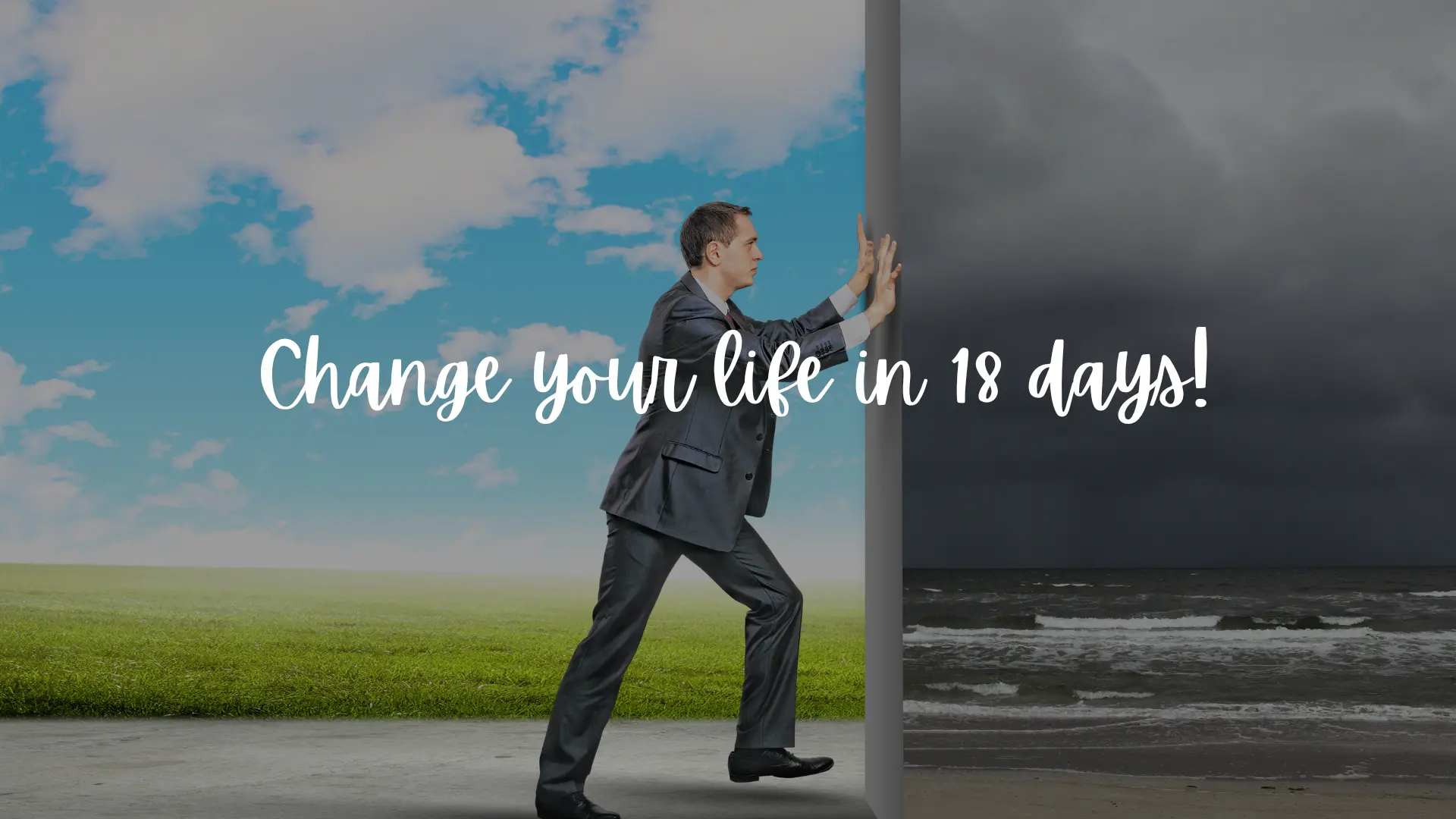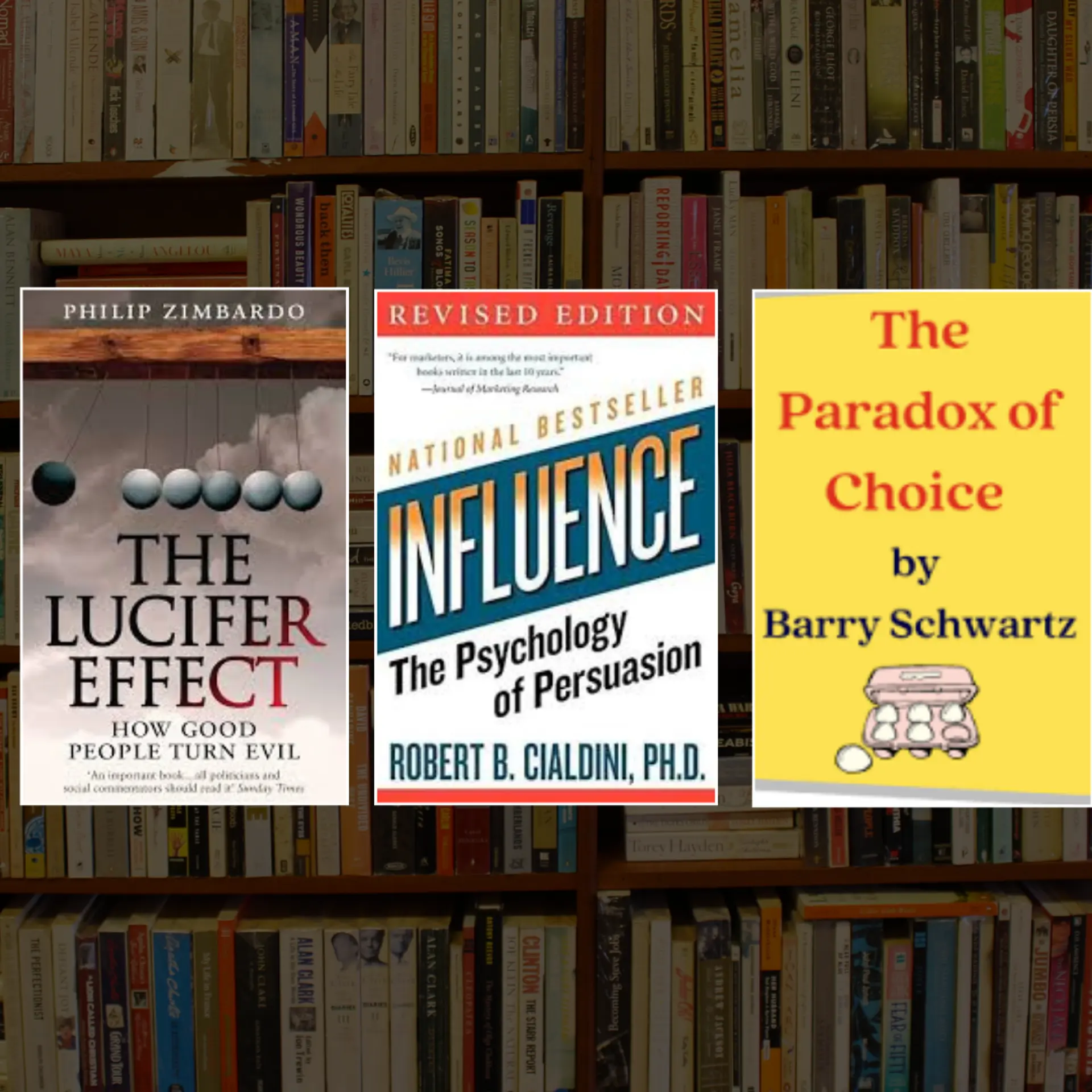Creativity and collaboration: how Qatar Museums promote heritage and art
In our second photo essay from the National Museum of Qatar in Doha, we showcase more spectacular exhibits and museum designs.
Launched in 2014, PhotoSparks is a weekly feature from YourStory, with photographs that celebrate the spirit of creativity and innovation. In the earlier 825 posts, we featured an art festival, cartoon gallery. world music festival, telecom expo, millets fair, climate change expo, wildlife conference, startup festival, Diwali rangoli, and jazz festival.
Museums play an important role in preserving and promoting culture in creative ways. The spectacular National Museum of Qatar takes design and the narrative of heritage to another level, as seen in Part I of our photo essay from Doha.
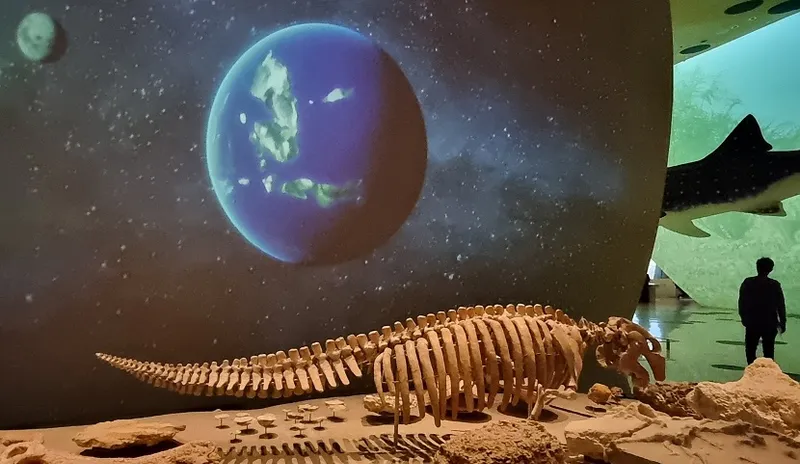
The museum is part of a network of heritage sites, festivals, public art installations, and collaborative programmes run by Qatar Museums, the nation's premier institution for art and culture. It also partners with organisations and artistes across the Middle East, North Africa, and South Asia.
The crystal formation called desert rose, found in Qatar’s arid regions, was the source of inspiration for the museum’s designer, French architect Jean Nouvel. The museum was built around Sheikh Abdullah bin Jassim Al Thani’s original palace, which served as the seat of the government for 25 years.
Immersing in the museum’s numerous galleries is like walking through a time tunnel, with surround sound, exhibits and movies by award-winning directors. For example, the first gallery on Qatar’s geological formation features an art film directed by Christophe Cheysson. It brings to life extinct life forms such as a species of armoured fish.
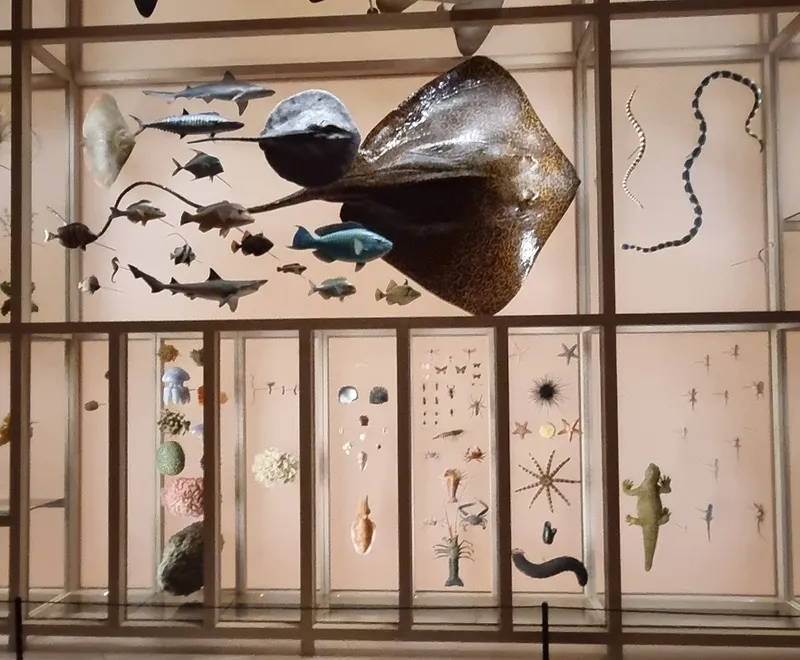
Another film, directed by Jacques Perrin and Christophe Cheysson, captures the diversity of Qatar’s flora and fauna. It brings out the interconnections and fragility of the region’s ecosystems.
Many of the displays are interactive, and are a delight for children to play with and thereby engage with the gallery’s themes. Visitors can get a better grasp of the excavation techniques used to retrieve and preserve ancient artefacts.
The habitat film by Jananne Al-Ani depicts an aerial journey across the Qatari landscape, tracing patterns of human occupation and archeology. They range from the hunter-gatherer lifestyle to early urban settlements.
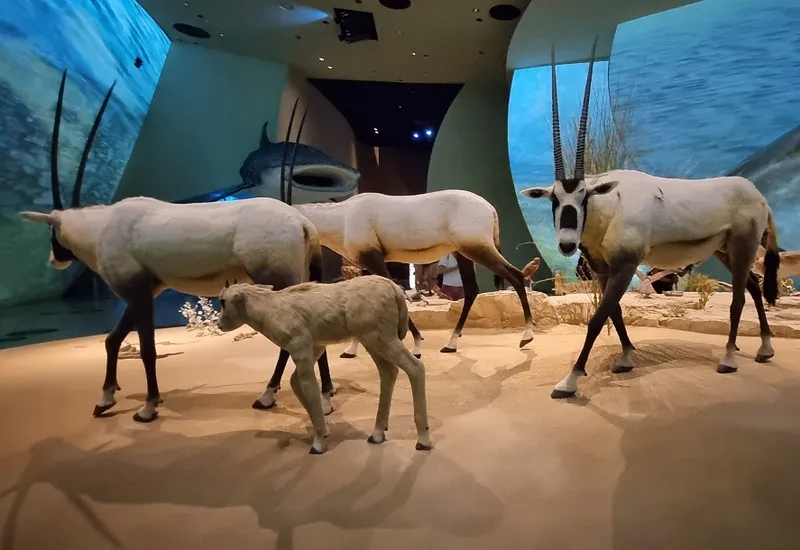
The gallery focus then shifts to habitat and culture as connections to ancient trade routes picked up. Some of the artefacts were recovered from a10th-century shipwreck.
Abderrahmane Sissako’s film ‘Life in Al Barr’ (desert life) showcases daily rituals of family life in harsh climates. It brings to life the deep connection between humans, animals and seasonal change.
Children get to visualise activities like milking a goat and making Arabic coffee. They also appreciate how much water it can take for a simple activity like having a bath.
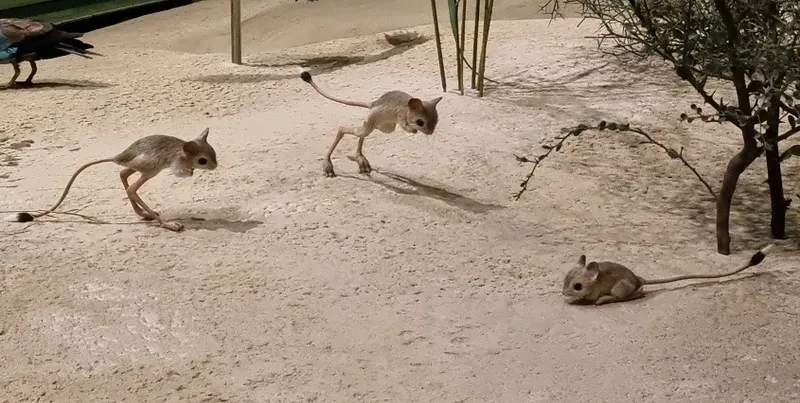
Sissako’s next film captures life on the coast, showing young visitors what it is like to row a dhow, cook on the boat, and even hunt for pearls. Set in the old coastal city of Al Zubarah, it shows the heritage site’s courtyards, markets and mosques.
Pearls were harvested for centuries in the waters of Qatar, and celebrations marked the return of pearl divers at the end of the harvest season. These rituals are captured in narrative exhibits along with the costumes, jewellery and musical instruments involved.
A gallery on the beginning of modern Qatar captures the turbulence of engagement with the Portuguese, Ottomans and British. An art film by Peter Webber depicts a visualisation of the battle before unification, along with maps and weapons of the time.
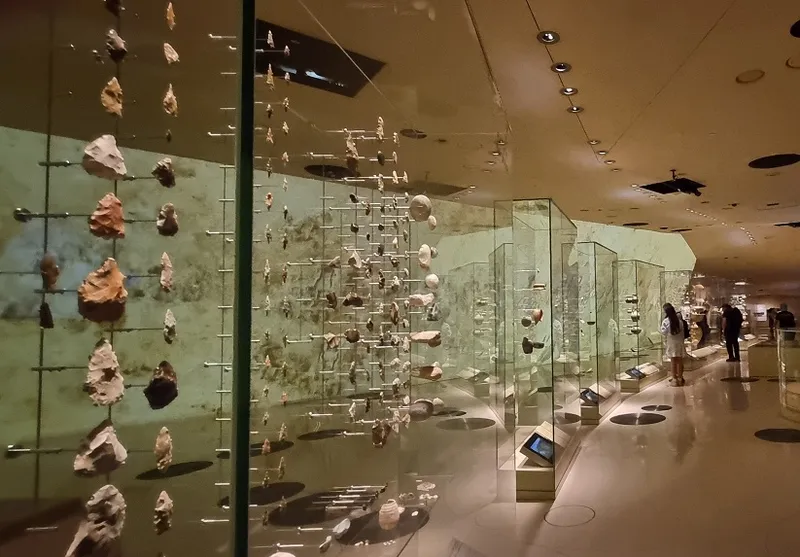
The narrative shifts gears, almost literally, with exhibits relating to the early period of the oil industry and the dawn of the automobile era. This includes personal possessions like radios, televisions, telephones, stamps, and currency.
The discovery and exploitation of oil and liquid natural gas was a major turning point in Qatar’s development, as captured in a film directed by Doug Aitken. This spurred unprecedented development from the 1970s onwards, well conveyed in a city model of the phases of Doha’s growth.
The museum also has an ongoing exhibition by Art Mill Museum, titled MANZAR: Art and Architecture from Pakistan 1940s to Today. It reflects movements and developments across India and Bangladesh as well.
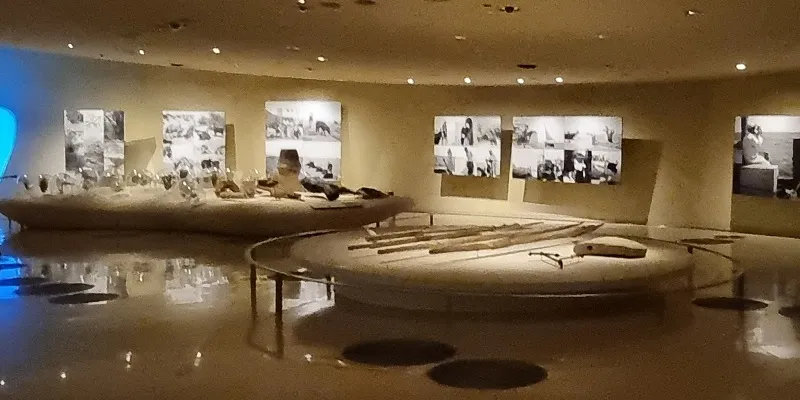
The curation of the exhibition traces how artists and architects have forged diverse personal and political languages. Through good years and conflict, artists have shown how creativity can withstand trials and tribulations.
The museum also focuses on recent regional developments, such as the blockade imposed on Qatar in 2017 by Saudi Arabia, the United Arab Emirates, Bahrain, and Egypt. The tensions over perceived differences in foreign policy were resolved to some extent when the blockade was lifted in 2021. Qataris pride themselves on the resilience they displayed to overcome the crisis.
In addition to exhibits in this museum, Qatar Museums promotes art in public spaces through large installations by a range of international artists. They include Salman Al-Malek, Faye Toogood, Mohammed Al-Ateeq, Jeff Koons, Olafur Eliasson, Shezad Dawood, Ahmed Al Bahrani, Isa Genzken, Katharina Fritsch, and Faraj Daham.
Now what have you done today to pause in your busy schedule and harness your creative side for a better world?
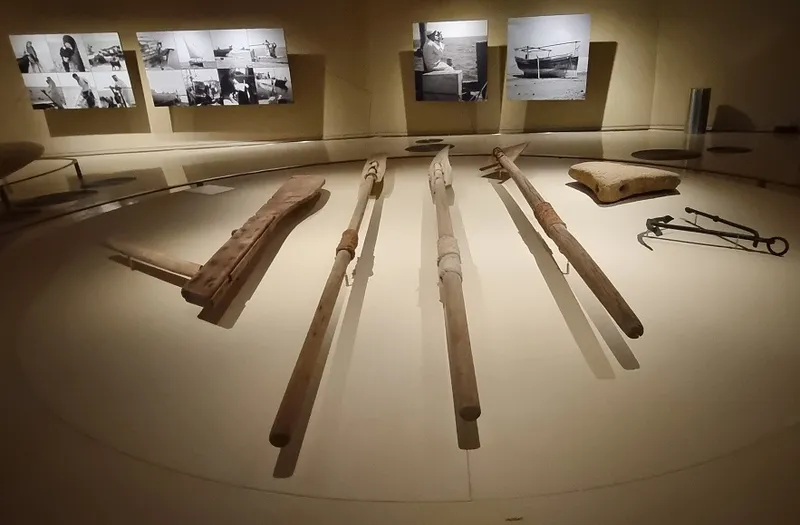
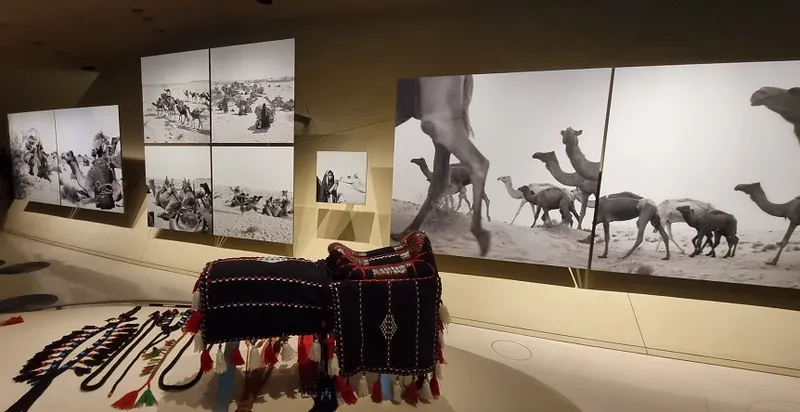
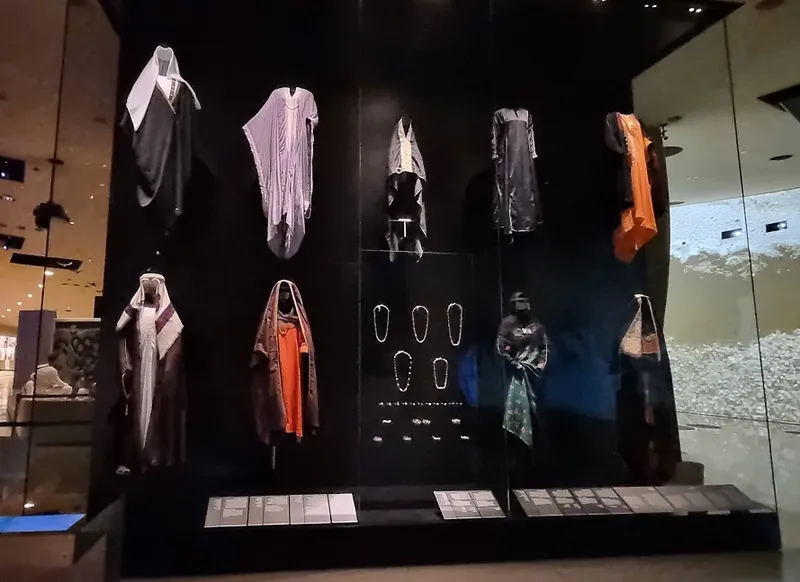
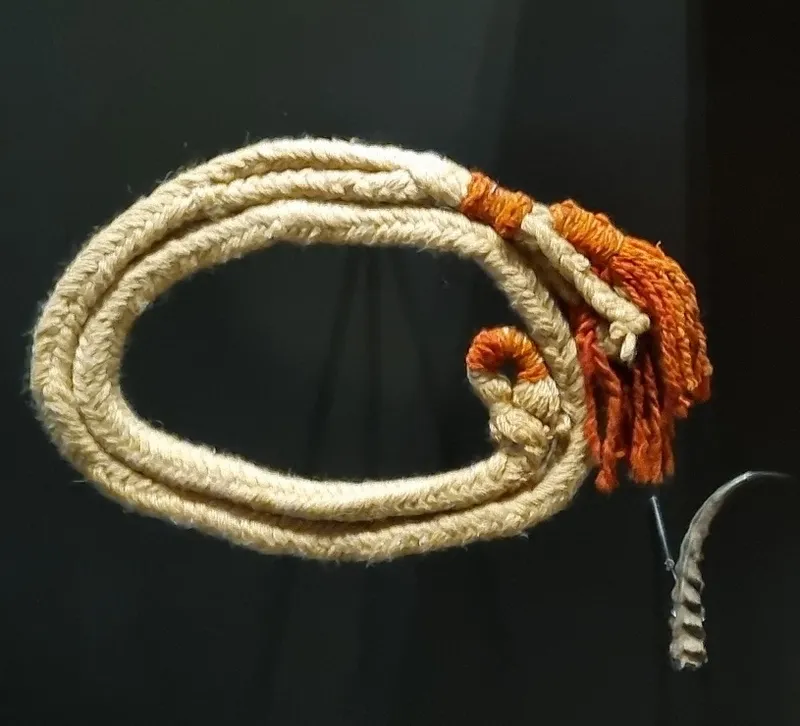
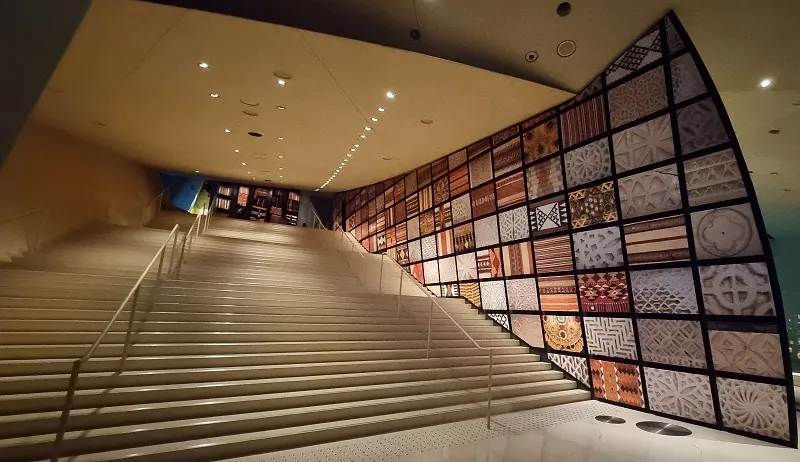
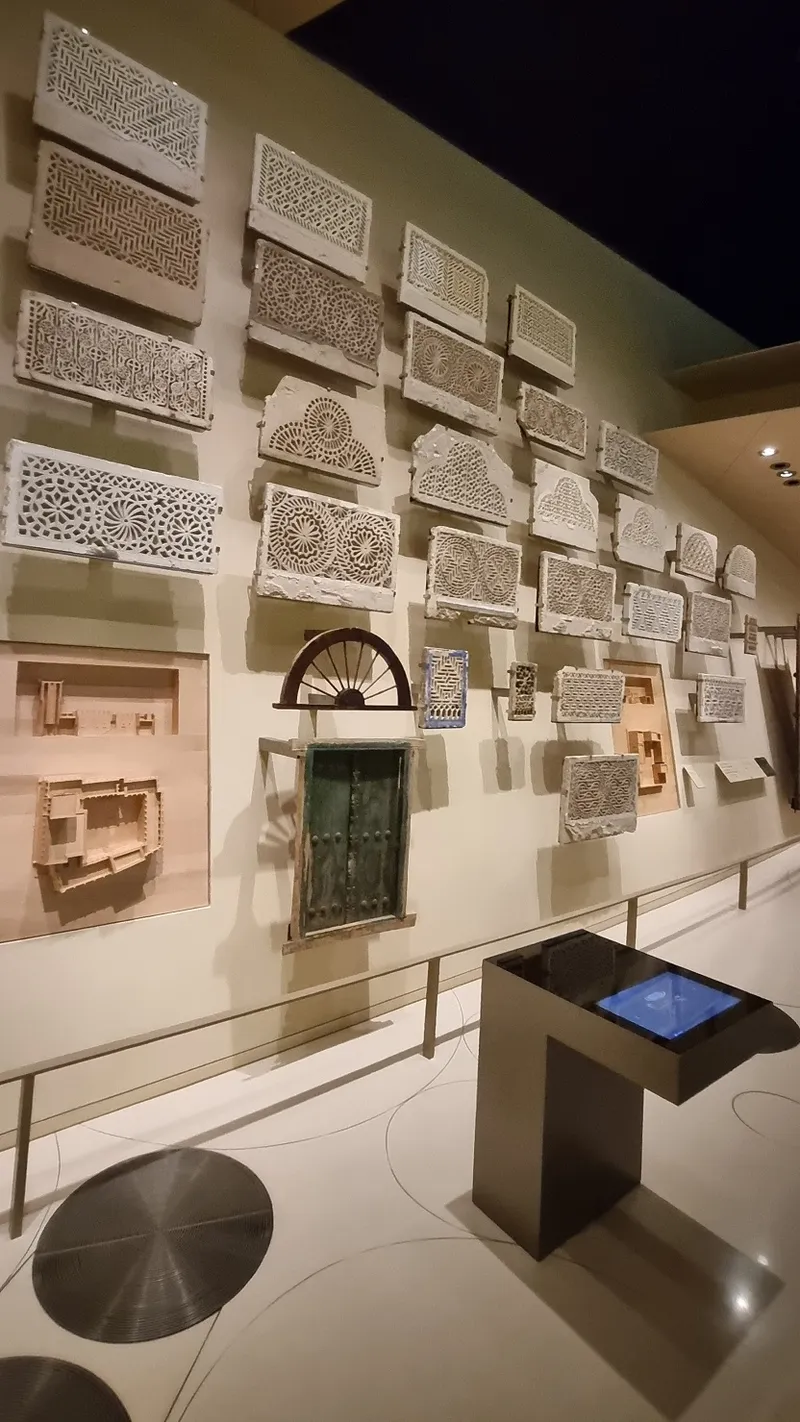
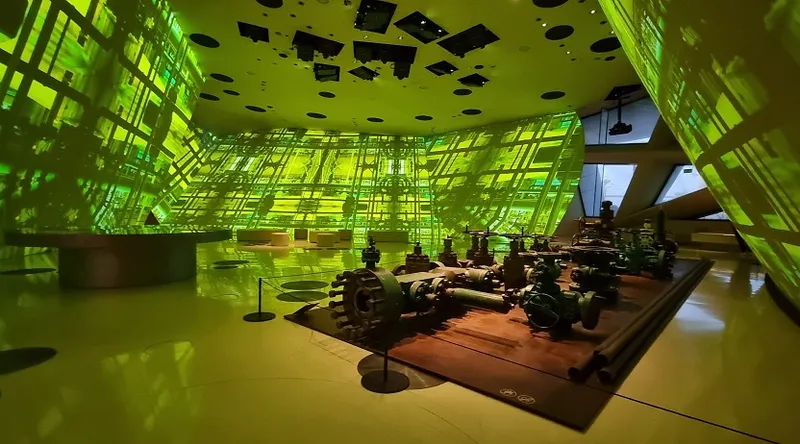
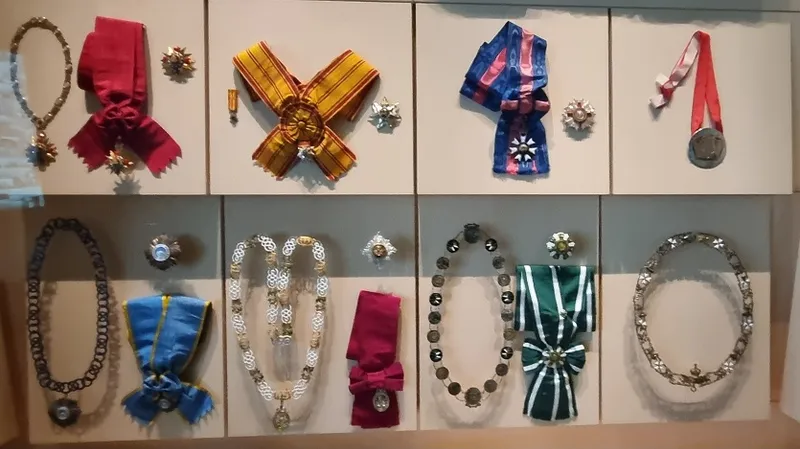
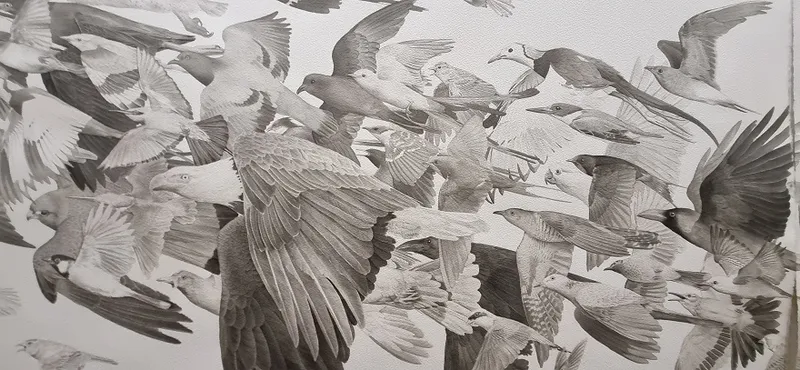
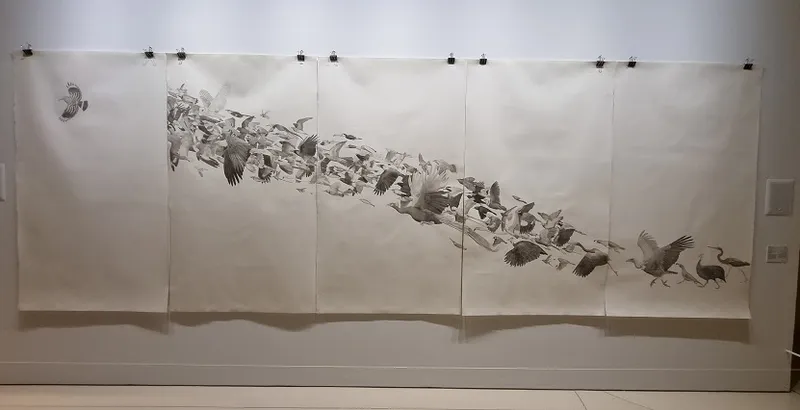
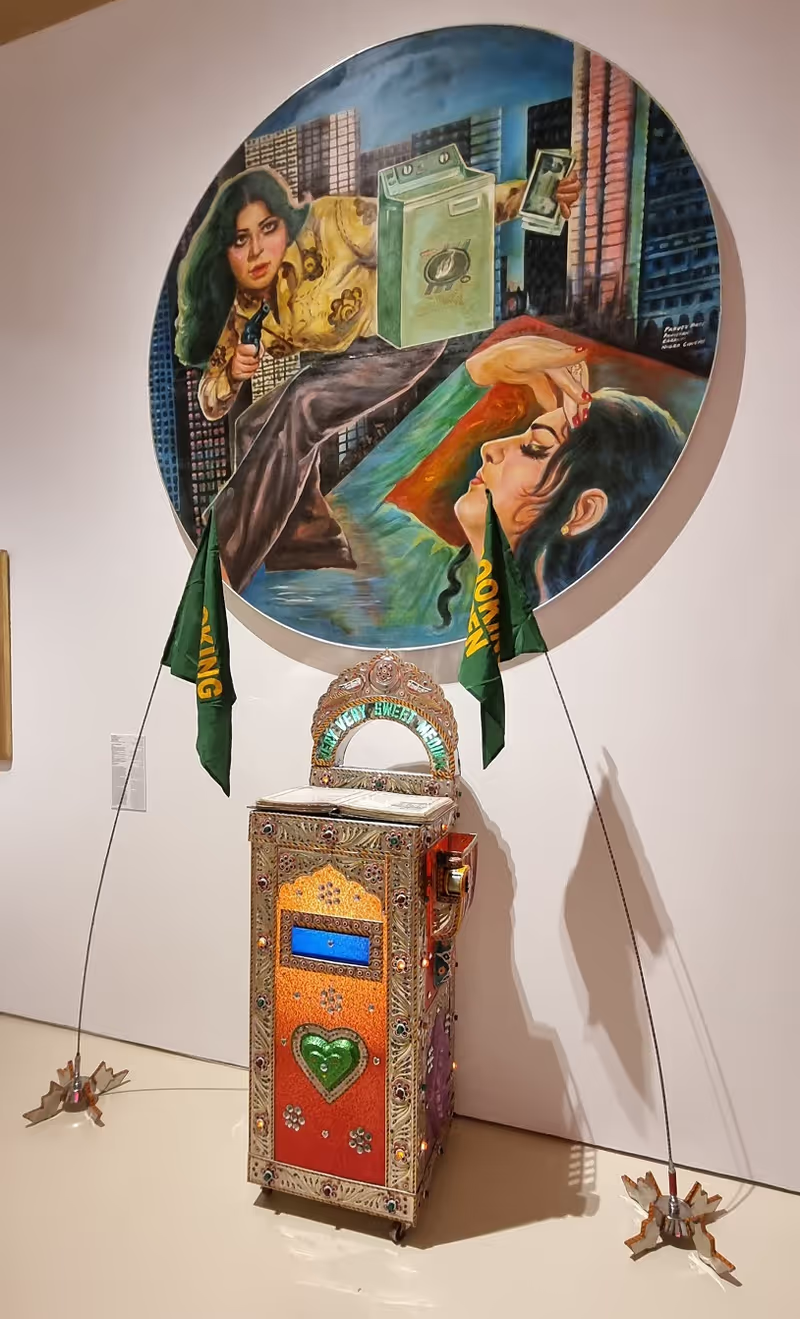
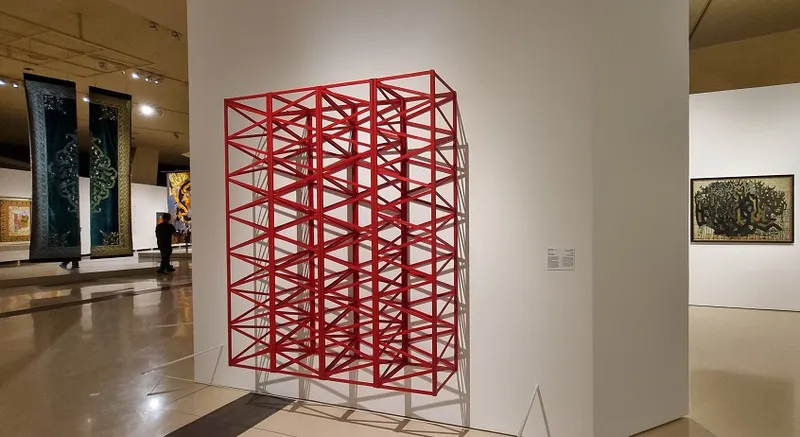
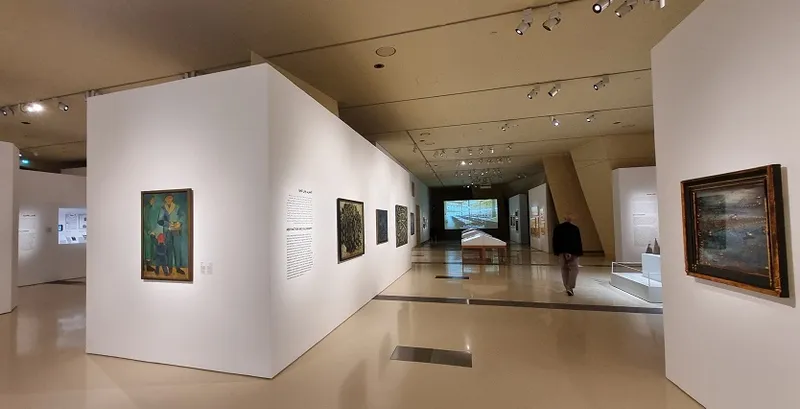
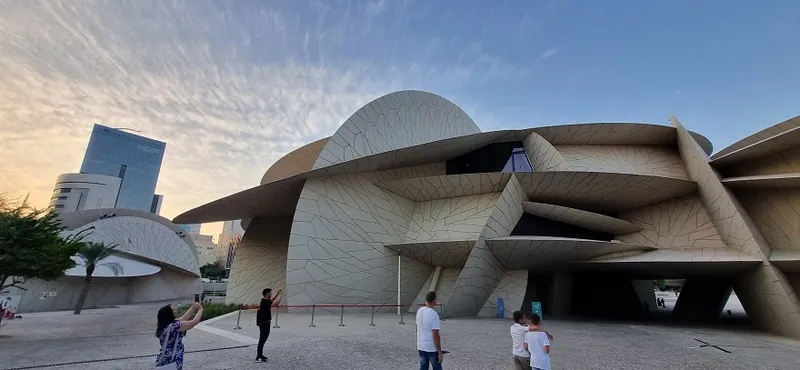
(All photographs were taken by Madanmohan Rao on location in Doha.)





